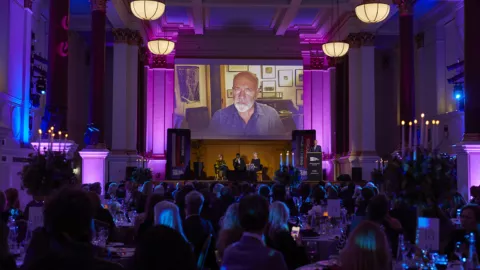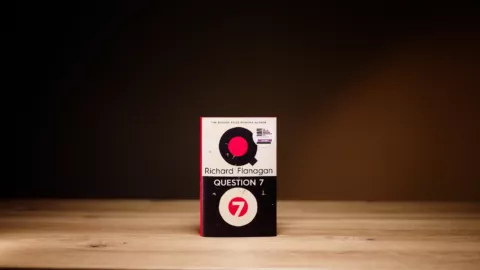
Jonathan Blitzer Longlist Interview
9 October 2024
What does it feel like to be longlisted?
Very exciting! The Baillie-Gifford is the most prestigious non-fiction book award in the UK, and it is very gratifying to see that the panel has enjoyed reading it. It’s also rather humbling, because there are some infuriatingly good books on the list!
What is your favourite non-fiction book and why?
Probably Norman Cohn’s ‘The Pursuit Of The Millennium: Revolutionary Millenarians and Mystical Anarchists of the Middle Ages’. Published in an extended version in 1970, during the global excitation that followed May 1968, Cohn’s book describes a world that is both very like that of the 1970s, with its radical groups and their hostility to capitalism and confidence in the future revolution, and which is yet utterly strange because of the deeply Christian and millenarian motivations of the groups that Cohn describes. But many of them gradually evolved collectivist views and the clash between reform and revolution that runs through the book is a story that is still valid today.
How did you conduct your research?
I read a lot of articles and I buy a lot of second-hand books! I am lucky enough to work at a University with an extraordinary library, which has also put vast sums of money in the coffers of the academic publishing houses. While I am not entirely happy about the way that academic publishing works, it means that I have been able to access virtually all of the articles I need, no matter how old, with the click of a mouse. And hooray too for archive.org which contains so many out-of-print and out-of-copyright books. I generally have a pretty well-worked out plan of the book, and work on each chapter at a time. I read the main sources, and then use them to construct the outline of the chapter and fill it in with striking examples or individuals, repeatedly re-writing as I go along. At the end, once the manuscript is completed, comes the editing, which is basically a bonfire of the darlings when you have to savage all your favorite factoids that don’t quite fit or which trip the reader up somehow, to produce a shorter, spritelier account.
What do you think will be the largest revelation about the brain and how it works in The Idea of the Brain that readers previously did not realise?
That really we have very little idea about how the brain actually does what it does. The challenge to our knowledge about how the 80-billion or so neurons in our brains is represented by the lobster’s stomach – a set of 30-odd neurons that produces two rhythms and that power the griding action of the muscles in the stomach wall. We know everything about those neurons - how they are connected, the chemicals that course within and between them, exactly how they behave. And yet we do not understand how and why the network does what it does. You cannot accurately predict using a computer model what will happen if you alter the activity of one neuron, or remove it completely. For the moment, the lobster’s stomach escapes us. And that is just 30 neurons in a simple network.
What are you working on next?
During lockdown I published ‘Smell: A Very Short Introduction’, and that disappeared without trace. I am currently writing a social history of genetic engineering, called ‘Life, Edited: Recombinant DNA, GMOs, CRISPR and Beyond’. This concentrates on the promises and fears about genetic engineering that have repeatedly surfaced over the last half century, and probably has as much culture and politics in it as it does popular science.

10 April 2025

17 December 2024

19 November 2024